Ornaments, from their earliest inception, have served as portals into the rich fabric of human history and culture. One such captivating facet of this intricate mosaic is the whimsical world of mushroom ornaments. Revered and symbolized across various cultures for their unique attributes, mushrooms have been immortalized in ornament design, their form forged in materials ranging from delicate glass to rugged ceramic. In this enlightening journey, we immerse ourselves in the historical symbolism of mushroom ornaments, the expansive array of types and styles available, the creativity entailed in crafting your own, and the artful integration of these captivating novelties into your décor. The ensuing exploration promises to offer a compelling insight into the timeless allure of mushroom ornaments.
The History and Symbolism of Mushroom Ornaments
Historical Roots of Mushroom Decorations
Mushroom ornaments are intricately woven into the tapestry of global traditions, symbolising various cultural beliefs and aspects. Drawn from nature, mushrooms have played a significant role in human civilisation, not only as a food source but also as symbolic elements in various art forms, including ornament design. In the historical context, mushroom shapes were used in traditional Eastern European ornaments often associated with the holiday season.
Cultural Significance
Different cultures have associated mushrooms with distinct significance and symbolism. In many cultures, including Slavic, Nordic and Celtic, mushrooms are often associated with magic and mysticism, symbolising luck and protection due to their unique characteristics and medicinal properties. This symbolism rendered mushrooms popular in ornament design. For example, in Germany, especially during Christmastime, mushrooms, known as German ‘Glückspilz,’ roughly translated as ‘lucky mushroom,’ are used as ornaments symbolising good luck.

Symbolism of Mushroom Ornaments
The symbolic connection between mushrooms and enchantment extends to a broader context, reinforcing their central place in ornamentation. They are often linked with fairies, elves, and other magical creatures in various folklore, strengthening their mystique. This attribute is extensively reflected in the design and composition of mushroom ornaments with miniature figurines of these mythical creatures.
Mushroom Ornaments in Interior Decoration
In the interior design sphere, mushroom ornaments have become a crucial part of a trend often referred to as “granny chic” or “cottagecore”. This trend aims to bring nature indoors and evoke a sense of nostalgia for simpler times, highlighting why mushroom decorations are now integral. Incorporating mushroom ornaments into home decor brings in an aspect of whimsy, comfort, and charm, contributing to the overall aesthetic appeal.
Economic Aspects of Mushroom Ornaments
The mushroom ornament industry has seen steady growth over the years due to their rising popularity. They are produced in a variety of materials, including glass, wood, ceramic, and even crocheted yarn. With their varied sizes, designs, and materials, mushroom ornaments cater to a wide range of consumer preferences, igniting the interest of collectors and decorators alike.

Modern Use and Trend
Today, mushroom ornaments have transcended their traditional roles and have become beloved components of modern decor themes. These can be seen in various forms, from garden gnomes to Christmas ornaments and children’s room décor. The charming and whimsical design of mushroom ornaments has compelled many to incorporate them into their festive decorations and everyday living spaces.
Mushroom Ornaments in Art and Craft
In the realm of art and craft, mushroom ornaments have inspired creativity, paving the way for DIY (do-it-yourself) ideas. Many enthusiasts fashion these ornaments using various crafting materials to create unique decors, which are often quirky, personal and decidedly captivating. The popularity of mushroom ornaments in DIY crafts is also fuelled by the global trend of promoting sustainable lifestyles.
Eco-Conscious Decor: Mushroom Ornaments
As awareness of environmental issues heightens globally, mushroom ornaments, particularly those made from biodegradable materials, are gaining popularity. These ornaments, which combine a symbolic representation of nature with a sustainable manufacturing process, present an eco-friendly decorative solution attractive to environmentally conscious individuals.
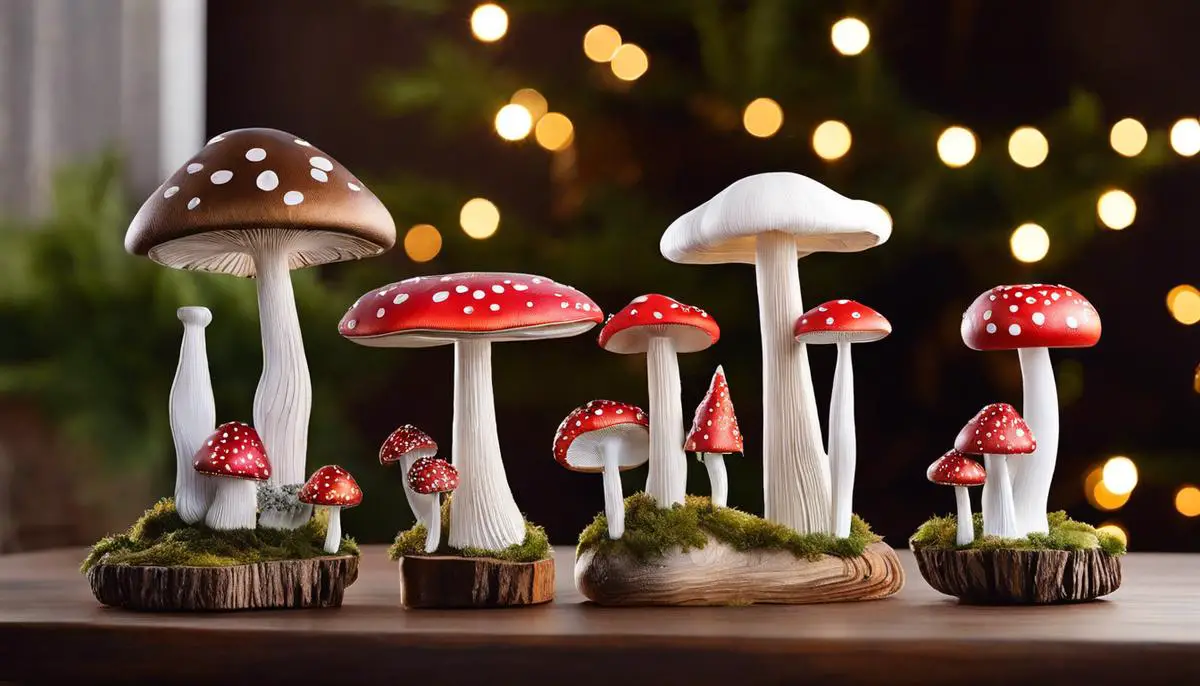
Types and Styles of Mushroom Ornaments
Exploring the Variety of Mushroom Ornaments
Possessing a unique charm, mushroom ornaments bring an earthy touch to any interior design. They are available in diverse styles and materials, including glass, ceramic, and wood, catering to various aesthetic tastes. Banking on the iconic silhouette of a mushroom with its dome-shaped cap and slender stem, these ornaments add a playful and imaginative element to different spaces, seamlessly blending with myriad design themes.
Handmade Ceramic Mushroom Ornaments
Handmade ceramic mushroom ornaments are particularly popular. The use of ceramic allows a variety of shapes, sizes, and design intricacies that are challenging to replicate with other materials. Textures can range from rough and earthy to shiny and smooth, exemplifying the versatility of ceramic. They come glazed in an array of color shades, and sometimes, they feature additional design aspects like painted patterns, adding another layer of charm and detail.

Glass Blown Mushroom Ornaments
Glass blown mushroom ornaments offer another attractive option. These delicate pieces showcase the luminescence and fluidity of glass. The process of glass blowing allows the creation of a wide range of sizes and subtle shifts in shape, capturing the distinctive mushroom shape artistically. These trail-blazing designs often incorporate attractive color patterns, with swirls of bright hues imbuing each piece with a unique personality. The reflective nature of glass also adds an additional appeal when used as a decorative element in lighting or window displays.
Wooden Mushroom Ornaments
Wooden mushroom ornaments bring a hint of the forest into your space. They are often carved from a variety of wood types, each offering its unique grain and coloration. Hand-carved options provide a rustic look while machine-crafted ones offer a refined, smooth aesthetic. These pieces can be left untouched to embody the natural beauty of wood, or they can be painted or stained for added color.
Design Details in Mushroom Ornaments
Like all forms of decorative art, the design details in mushroom ornaments greatly contribute to their aesthetic appeal. Extra elements like engraved patterns, beaded accents, glittering finishes, or attached elements, such as faux woodland creatures, lace, or fabric details can all be used to create more complex and interesting mushroom ornaments. The range of colors used in these ornaments also varies widely, from realistic earth tones to vibrant fantasy-inspired hues, allowing consumers to choose the perfect pieces that fit their design narrative.
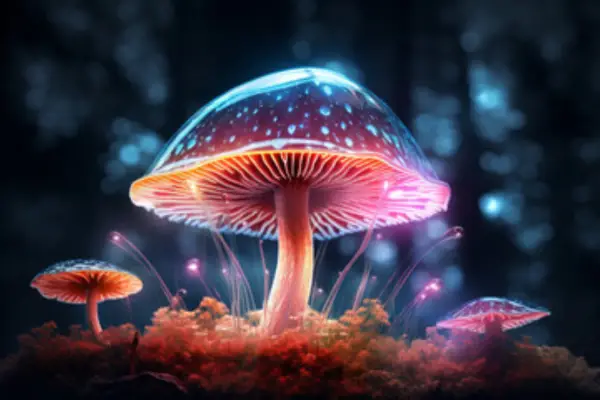
Material Considerations for Mushroom Ornaments
The materials used in making mushroom ornaments influence both their look and durability. Ceramic and wood, for instance, offer a sturdy and durable ornament with a natural texture. On the other hand, glass ornaments, while fragile, provide a clear, polished look that can reflect and shimmer in the light. The choice between these materials can depend on where the ornament will be displayed and how much handling it will endure.
Mushroom ornaments offer a wide variety of design options thanks to the multitude of materials available and the scope for creativity in their design and style. Aesthetics heavily depend on the chosen design theme or color scheme, thus making the ornaments highly adaptable, whether you’re looking to make them blend seamlessly with your existing décor or intending to make them prominent in your space.
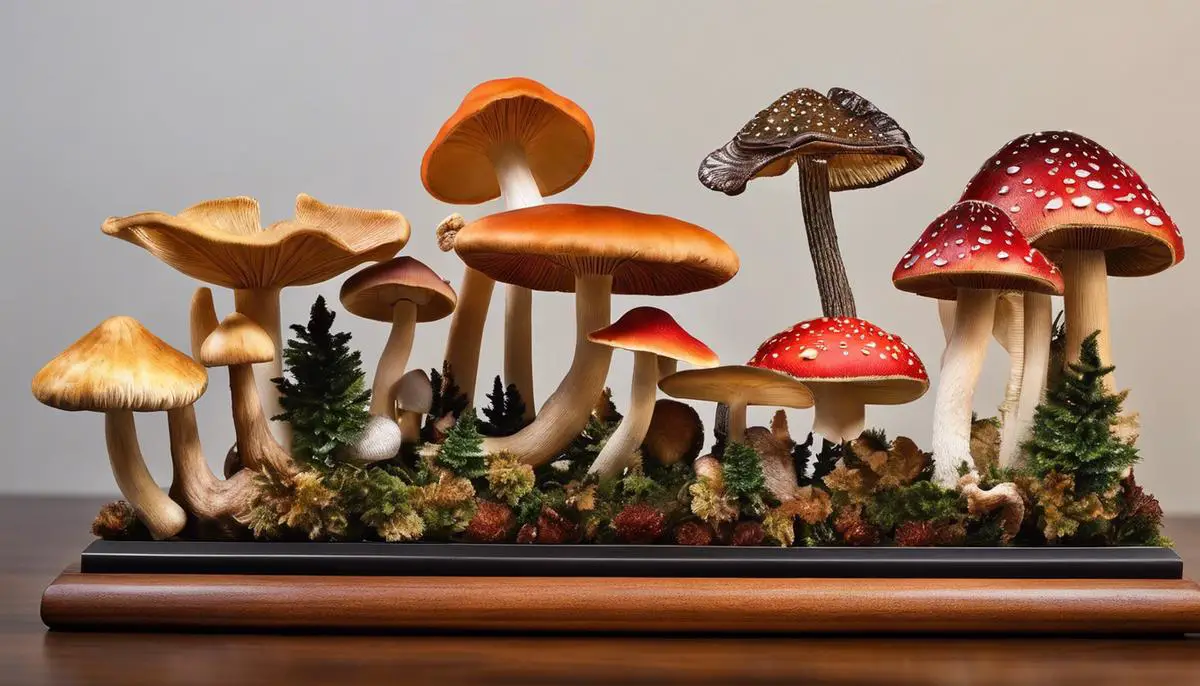
Creating Your Own Mushroom Ornaments
Materials You Will Need to Make Mushroom Ornaments
The creation of these mushroom ornaments primarily requires materials such as polymer clay in your chosen colors, finishing glazes for the ornament, wire and twine to easily attach it, and optional paint for added detailing. A key aspect of this process involves the use of baking tools to cure the polymer clay. If you’re not interested in modeling the clay yourself, there are readily available mushroom caps and stems. Tools to carve and shape the clay can also be beneficial in creating your unique mushroom ornaments.
Simple Mushroom Ornaments for Beginners
If you’re starting your foray into the hobby, a simple mushroom cap and stem ornament design is an ideal starting point. Start by rolling the polymer clay into two separate parts — one for the stem and another for the cap. The cap should be a smooth and flat-bottomed dome, while the stem would be a slightly curved cylinder. Attach the stem to the cap, slightly pinching until it holds firm. Use a dotting tool or a toothpick to create the gills below the mushroom cap if desired. Once you’re satisfied with your model, bake it according to your clay’s specific instructions.
Advanced Mushroom Ornament Designs
If you’re progressing beyond the basics, you may want to explore more complex mushroom ornament designs such as the fairy ring, which involves several mushrooms of different sizes clustered together, or the tree-hanging mushroom terrarium. These designs will require a higher skill level, involving additional elements like creating the illusion of ground or grass with different colored clays or even adding tiny clay fairies or gnomes to your creations.

Painting and Finishing Mushroom Ornaments
After your mushroom ornaments have been baked and cooled, you can add more details with acrylic paints. Paint on spots, stripes, or gradients to give your mushrooms character. A tiny brush can bring out the details in the gills or other small features you might have added. After the paint has fully dried, brush your ornaments with gloss glaze to make them shine. This will not only enhance the visual appeal of your ornaments, but also provide an additional layer of protection.
Adding Hanging Mechanism to Mushroom Ornaments
Making your mushroom ornaments hangable involves adding a wire loop. Before baking your ornament, twist a piece of wire into a small loop, leaving a longer straight section to insert into the ornament. Insert this into the top of your mushroom cap, making sure the loop sticks out. Once baked and cooled, your ornament will be ready for hanging. If you forgot to add the wire before baking, you can also drill a small hole into your cooled ornament and glue a loop of twine inside.
Ensuring Safety while Crafting Mushroom Ornaments
When creating your own mushroom ornaments using materials such as polymer clay, safety should always be your primary concern. By using a dedicated oven or toaster oven for baking your clay pieces, contamination of food areas can be avoided. Stay safe from potentially harmful fumes by ensuring that your workspace has proper ventilation, especially during the baking process. Also, make sure to always supervise children when they’re crafting, particularly when using the oven or sharp tools.
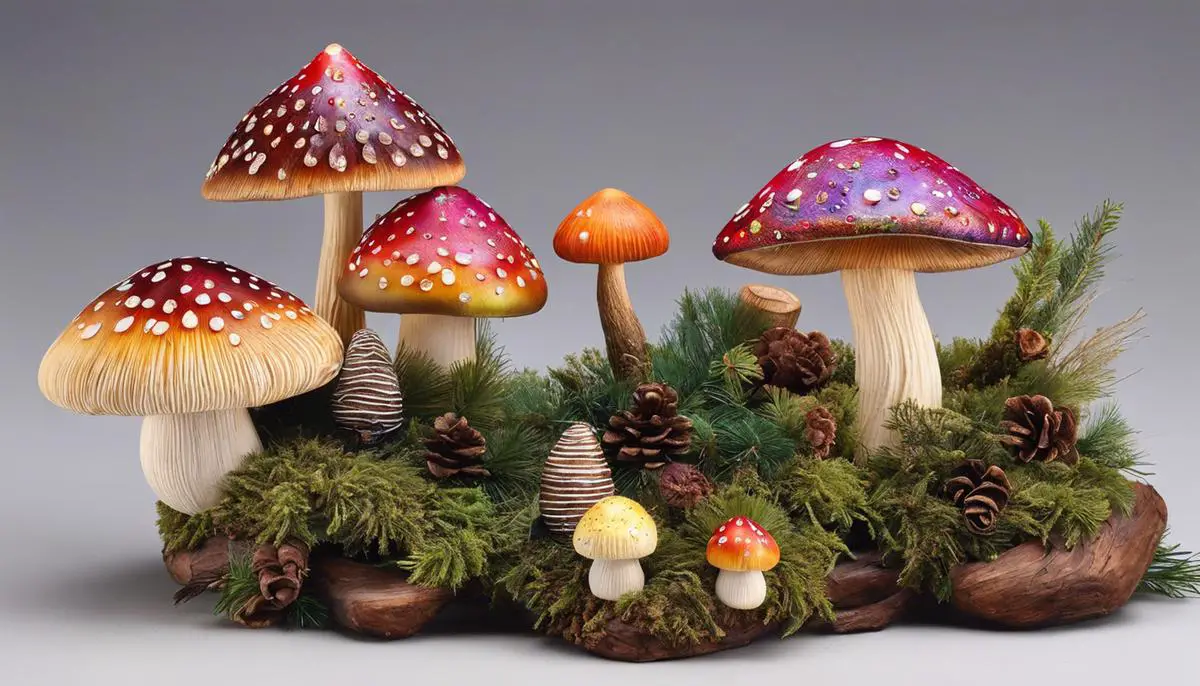
Utilizing Mushroom Ornaments in Decor
Incorporating Mushroom Ornaments into Various Decor Styles
The addition of mushroom ornaments to your home or event decor can add a whimsical and earthy vibe. These creative ornaments aptly complement various decor styles, ranging from rustic and farmhouse to Bohemian and fairy-themed decoration. Mushroom ornaments come in an array of sizes, colors, and materials, making them versatile enough to subtly blend in with your existing decorative scheme or to be the centerpiece of attraction.
Choosing the Right Mushroom Ornament
When selecting a mushroom ornament, consider the existing colors and design elements in your space. Those with a traditional or rustic aesthetic may opt for ceramic or wooden mushrooms that feature natural tones. In contrast, a modern or minimalist space might benefit from sleek glass or metal ornaments with monochromatic color.
Creating Seasonal Displays with Mushroom Ornaments
Mushroom ornaments effectively celebrate the shifting seasons. In the fall, blend them with pumpkins and gourds for a harvest aesthetic, while spring displays might incorporate related ornaments, like butterflies or flowers. For a winter wonderland aesthetic, opt for white or snow-covered mushrooms, potentially arranged with pine cones and evergreens.

Using Mushrooms as Conversation Starters
Intriguing and often unique, mushroom ornaments can serve as wonderful conversation starters. They might be an unexpected element in a Christmas tree display or an unusual table centerpiece in a dining room. Their unique design also makes them an interesting addition to a garden party or outdoor event.
Harmonizing Mushrooms with Other Ornaments
Mushroom ornaments can harmoniously coexist with other decor elements. Their earthy, natural vibe pairs well with similar items – think animal figures, leaves, tree branches, and raw crystals. Alternatively, contrast them with more refined elements like delicate china or shiny metallics for an eclectic mix.
Utilizing Mushroom Ornaments in Different Spaces
Consider incorporating mushroom ornaments beyond the typical living or dining room; they work well in a variety of spaces. In a kitchen, you might display them as part of a tabletop vignette or use mushroom-themed dishware. In a bathroom, mushroom-shaped soap or candles can offer an unusual, creative touch.

Incorporating Mushrooms into Holidays and Events
When it comes to holiday decor, mushroom ornaments add a unique flair. They are suitable for everything from traditional holidays such as Christmas or Easter to themed parties like Alice in Wonderland or a woodland enchanted wedding. In all of these settings, mushroom ornaments can turn ordinary decor into a magical, whimsical experience.
Modern Mushroom Accessories
Recently, mushroom decor has started to extend beyond classic ornaments. Funky items like mushroom lamps or mushroom-patterned textiles are becoming more common, representing a fresh, modern way to incorporate this nature-inspired motif into your decor.
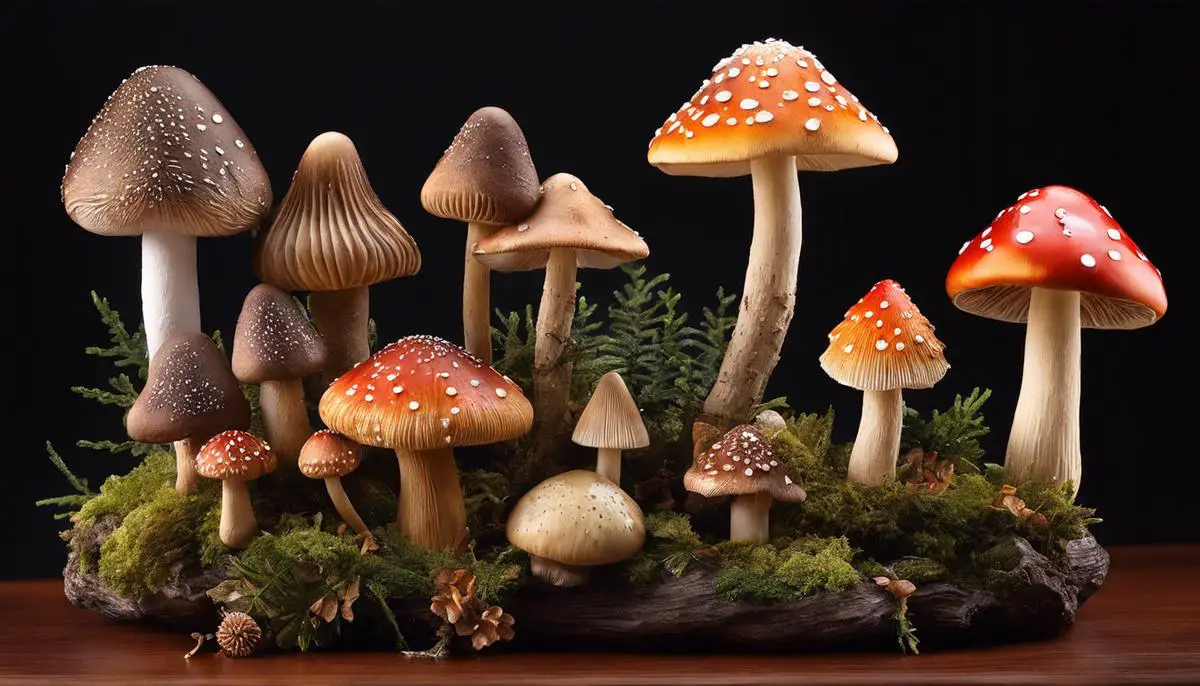
Whether unearthing the profound lore and symbolism behind mushroom ornaments, showcasing the manifold assortment of designs, guiding you through the rewarding process of creating your own, or advising on their astute incorporation into various décors, the journey is as diverse and intriguing as the mushrooms themselves. No more relegated to shadowy undergrowths, they play centre stage in our narratives, cultures, and creative expressions. So, as you revel in the seasonal displays or engage in enlightening discussions sparked by these distinctive ornaments, remember, you’re celebrating more than just an aesthetic; you’re participating in a longstanding dialogue between nature, art, and humanity.

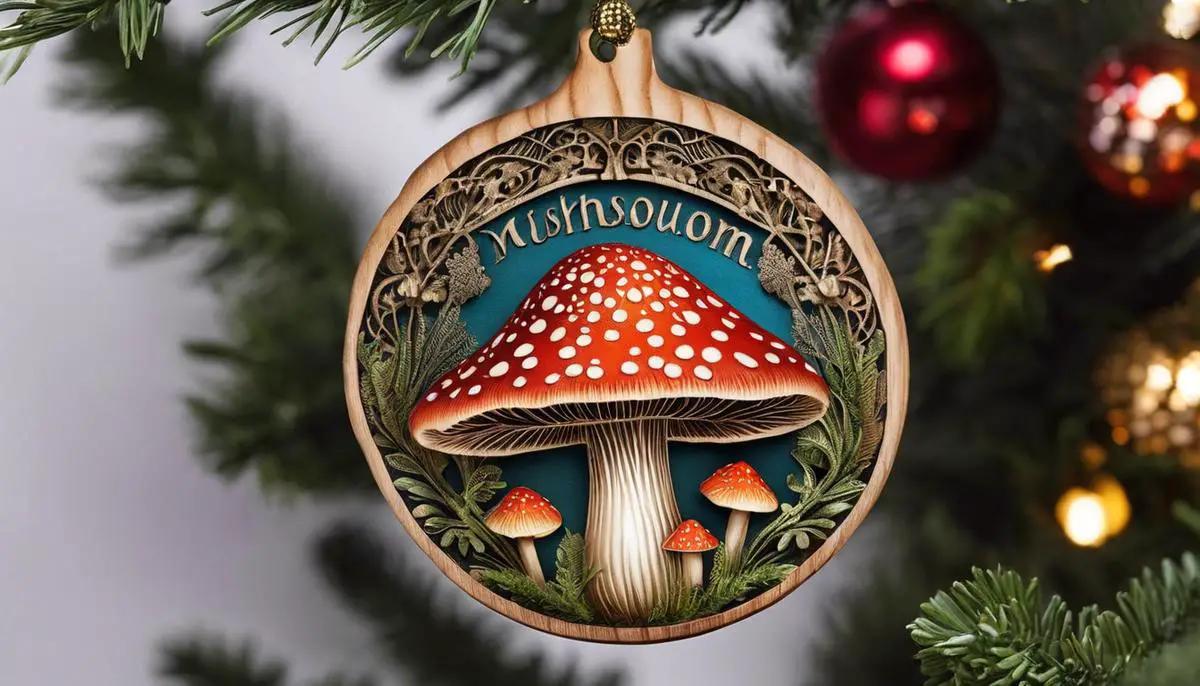
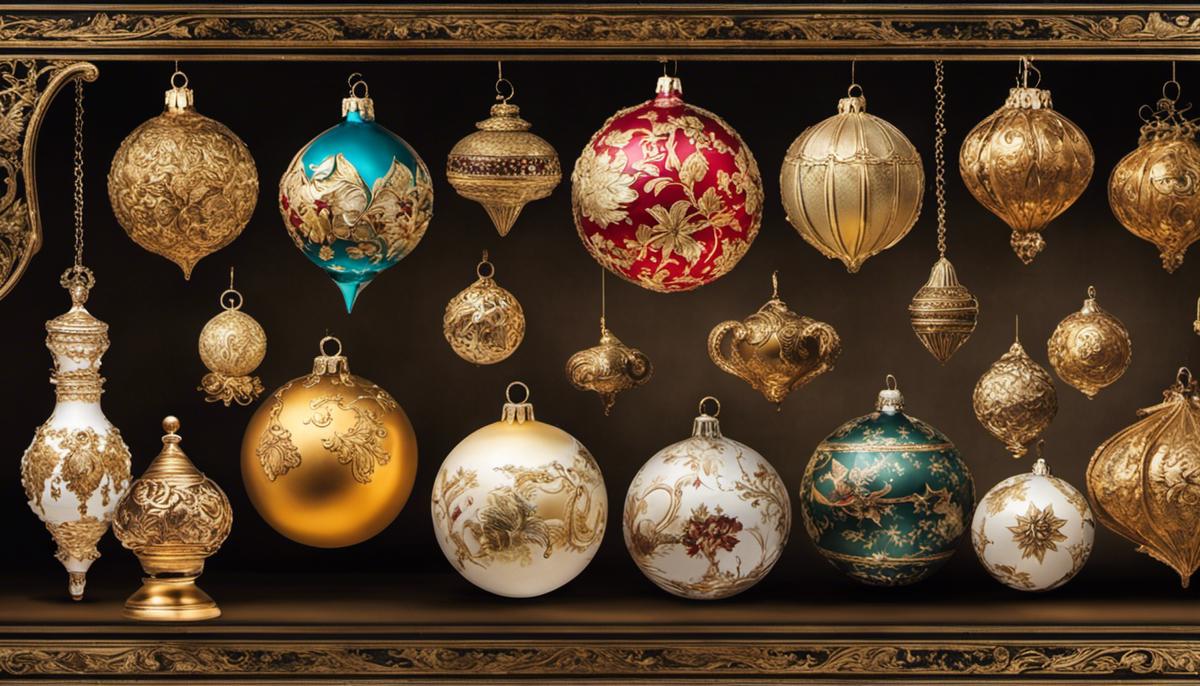
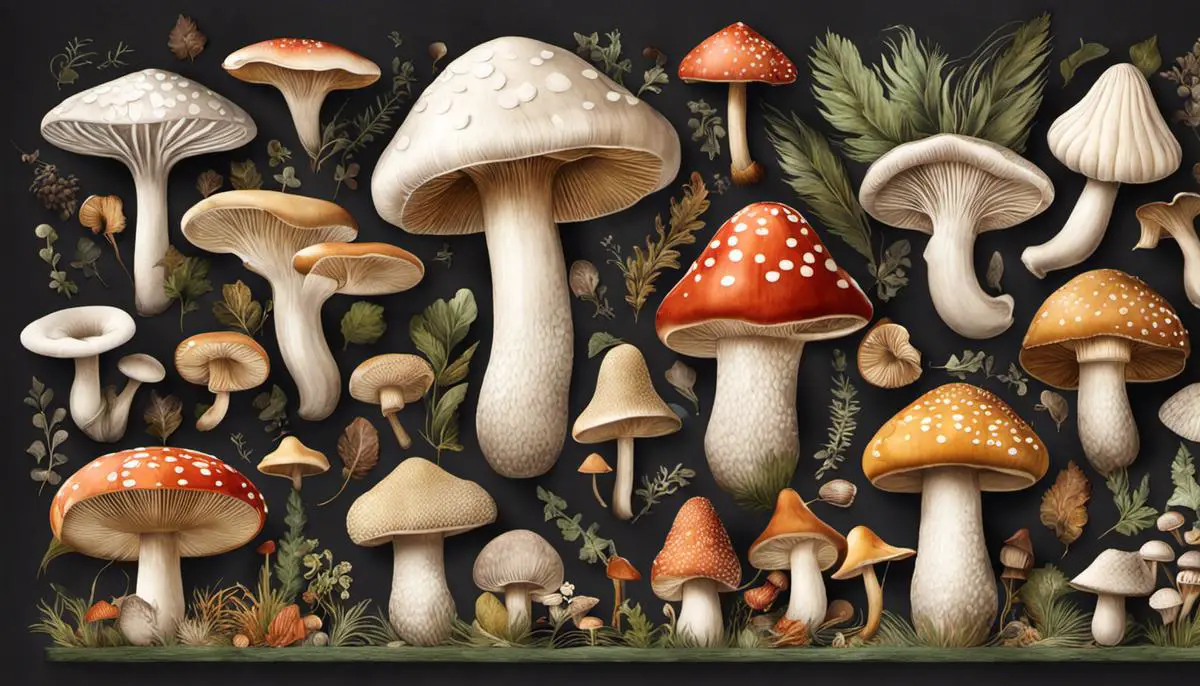
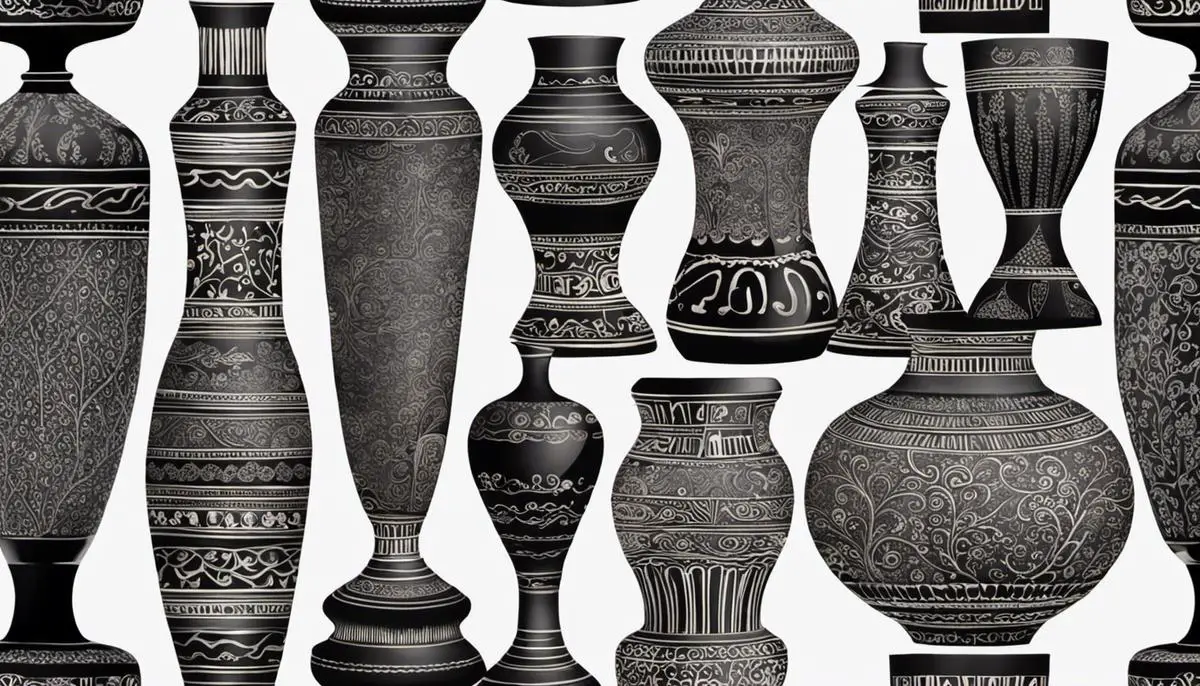
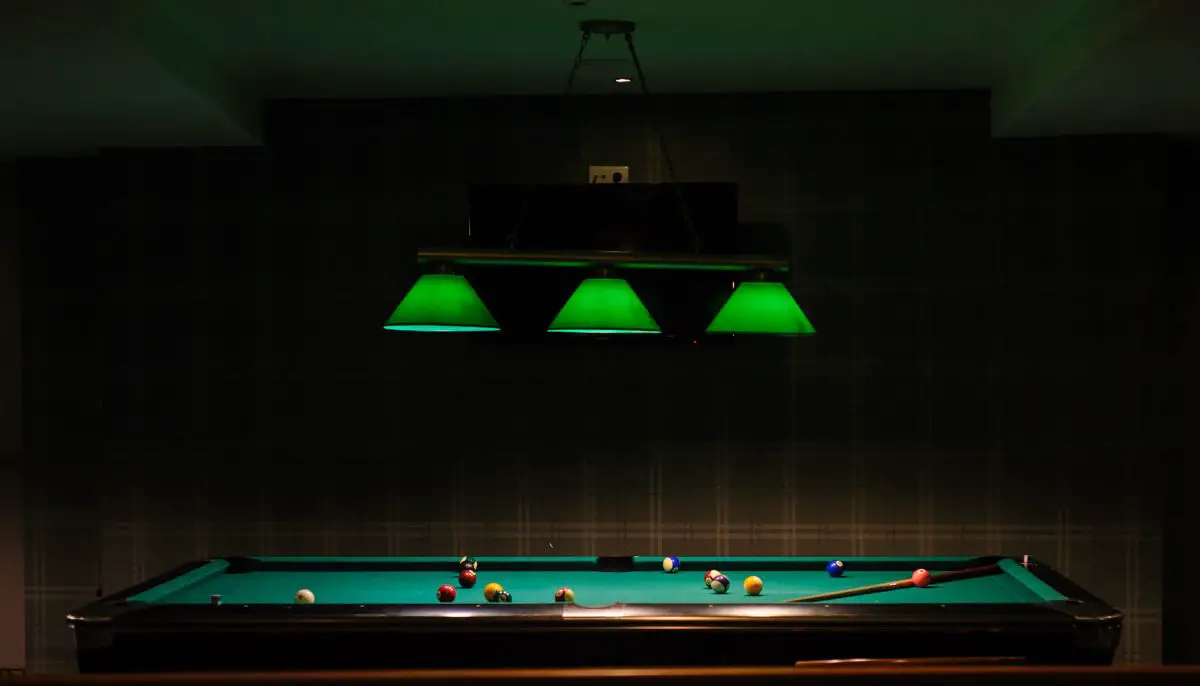


Leave a Reply